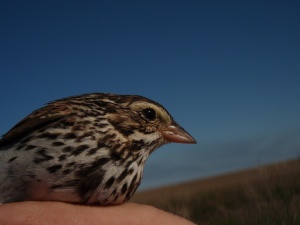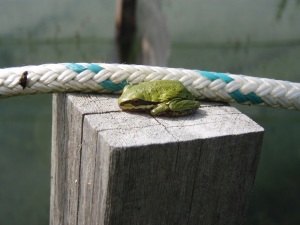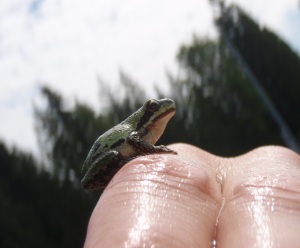Let me warn you, readers, that the following is a rant brought on by a meeting with my advisor, and that I’m well aware that I’m probably repeating what other scientists have been saying for years. Still, let me say it.
The scramble for limited resources (both funding and places in prestigious journals, not to mention tenure-track jobs), while encouraging innovation, also discourages thorough comparative studies, cataloguing of natural history, and replication.
In Heliconius butterflies, for example, there’s a glut of work on finding the genes involved in speciation, especially those that control wing colour pattern and mating preferences for said patterns. It’s increasingly hard (according to my advisor) to convince reviewers—whether for grants or for publications—that simply looking at the same genes in yet another Heliconius species is novel enough to warrant money/a place in a prestigious journal.
And yet, these studies are exactly what we need. It would be fantastic to have a suite of speciation genes identified in every Heliconius species; the comparisons we could make would be useful and perhaps more generalizable than just a handful of studies on a small fraction of the genus’ members. Think of how we could test hypotheses about speciation with such a dataset! We could look for a snowball effect with a sample size of more than three! We could figure out how often the same genes are involved in different speciation events, and how often hybridization promotes or prevents speciation! Yet amassing that much data would take up several PhDs’ worth of effort, and once a minimum threshold of species is reached, the research program ceases to be novel, and therefore becomes non-competitive. It’s also work that requires too much effort for a side project (assuming you ever want to graduate) or to hand off to an undergraduate minion. So it doesn’t get done.
Oh, and if you want to try replicating some else’s study, the way the scientific method allegedly works? Definitely not novel. This is also a problem. (Seriously, read this paper if you have access to it. Every scientist should read it.) Or if you want to pursue as a side project some outstanding question on your study organism’s behaviour in the wild? That’s extremely labour-intensive, and not likely to get you a “good” publication. But these sorts of studies can lead to important innovations.* Not always, maybe not even often, but eventually.
If I had my way, I’d try churning out as many of these uninteresting/redundant studies as possible. I don’t particularly want to be a brilliant scientist, just a competent though mediocre** one. But given the current PhD to academic job opening ratio, mediocrity doesn’t cut it.
*In fact, we argue in a similar vein when governments try to divert resources from basic research to applied (I’m looking at you, Harper Government): we can’t predict what basic research program will eventually lead to important innovations.
**Sometimes this word does not have a negative connotation!







